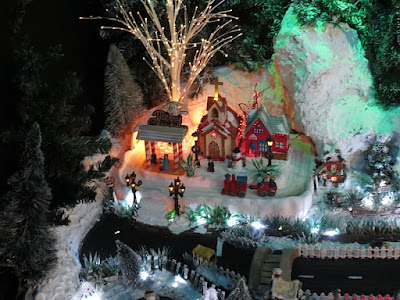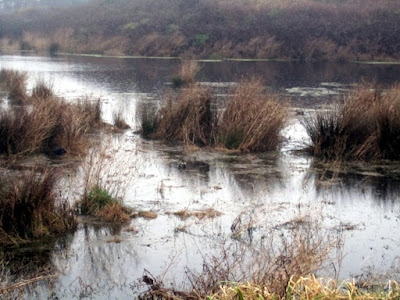Welcome to the
Midnight Collective Broadsheet 170
Actively supporting NZ’s endangered
wetland birds
Here we are back again, with
a post Xmas video because we've scooped new film of our native piwakawaka/fantail
fledging. You never see this, and even
when you are lucky enough to catch them, they move so irascibly that you can’t
bring them into focus or catch them sitting still. This film isn’t perfect, but
was taken at the wrong end of dusk, so bear with us… So much bad news these days - here’s some
good… Then further musing
below
These chicks came out onto the
branch in the late evening, settling in that peculiar jigging dance so Ko saw
straight off they weren’t waxeyes or riroriro but piwakawaka—fantail chicks who
could barely fly. They must have just got out of the nest, though as mum and
dad came in with their evening tucker – they gained in confidence and would zip
off after them. Then settle back in obvious exhilaration onto the branch where,
for 30 odd seconds, finally, we got the video. Here we discovered they weren’t
black and grey and white like their parents, but warm breasted red, set aglow in that failing light. Then for time it
wasn’t as if we had stopped breathing, it had no longer become necessary.
Track we were listening to
while posting this – well – here’s a little note all about that… sent in by the IT
himself.
I’m surprised now, at how chorally arranged the M&Ps were. This was the first Cali sound we could tolerate – having dissed the earlier stuff which was all about surfing. But there’s a joyful anarchy running through these early ‘66/7 days -honky tonk mixing it with Motown – then flute and organ running away on everything else which fed off into the Doors before Jim Morrison lead them out into the dark. M&Ps would have been a piano bar band without Cass, is my affirmed opinion, but there’s real chemistry here and four or five tracks that still tilt the world on its axis - Creeque Alley, amongst them. ebw I.T.
When Cass was a sophomore, planned to go to Swarthmore
But she changed her mind one day
Standin' on the turnpike, thumb out to hitchhike
"Take me to New York right away"
When Denny met Cass he gave her love bumps
Called John and Zal and that was the Mugwumps
McGuinn and McGuire couldn't get no higher
But that's what they were aimin' at
And no one's gettin' fat except Mama Cass





























